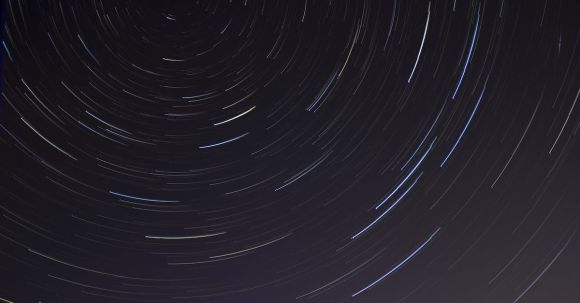Neutron stars are one of the most fascinating and enigmatic objects in the universe. They are the remnants of massive stars that have undergone a supernova explosion, leaving behind a dense core composed mostly of neutrons. Despite their relatively small size, these celestial bodies pack an incredible amount of mass, making them incredibly dense and exhibiting some truly bizarre properties. Let’s delve into the world of neutron stars and explore why they are so strange.
The Formation of Neutron Stars
To understand the peculiarities of neutron stars, we must first explore their formation. When a massive star exhausts its nuclear fuel, it collapses under its own gravity. The outer layers of the star are expelled in a violent supernova explosion, while the core collapses inward. If the core’s mass exceeds a critical threshold, around 1.4 times the mass of our sun, it becomes so dense that protons and electrons merge to form neutrons. This process is known as neutronization, giving rise to a neutron star.
Unfathomable Density
One of the most striking features of neutron stars is their mind-boggling density. Imagine cramming the mass of our sun into a sphere with a diameter of only about 12 miles. This extreme compression results in an average density of roughly 1 billion tons per cubic inch! To put this into perspective, a sugar cube-sized amount of neutron star material would weigh about as much as Mount Everest. The gravitational pull on the surface of a neutron star is also immense, about 200 billion times stronger than that of Earth.
A Magnetar’s Fury
Some neutron stars, known as magnetars, possess incredibly powerful magnetic fields. These magnetic fields are so intense that they can generate enormous bursts of energy, causing violent eruptions on the star’s surface. Magnetars are known to produce the most powerful magnetic fields in the universe, a trillion times stronger than that of Earth. These intense magnetic fields can distort the shape of the star and generate colossal bursts of X-rays and gamma rays, making them some of the most luminous objects in the universe.
Time Dilation and Gravitational Waves
Another peculiar effect of neutron stars is time dilation. Due to their extreme gravitational fields, time passes differently near a neutron star compared to a region with weaker gravity. Clocks near a neutron star run slower relative to clocks far away, resulting in a time dilation effect. This phenomenon has been observed and confirmed by studying the arrival time of pulsar signals from neutron stars.
Additionally, neutron stars can create gravitational waves, ripples in the fabric of spacetime. When two neutron stars orbit each other, their strong gravitational interaction causes them to emit gravitational waves. These waves carry energy away from the system, causing the neutron stars to spiral closer together over time. Eventually, they merge in a cataclysmic event known as a kilonova, releasing an enormous amount of energy in the form of light and gravitational waves.
The End of a Neutron Star
Despite their incredible density and longevity, neutron stars are not eternal. Over time, they gradually cool down as they radiate energy into space. Eventually, they may transform into a state known as a black dwarf, a dark, cold remnant that no longer emits any significant radiation.
In conclusion, neutron stars are truly strange and captivating celestial objects. From their unfathomable density to their powerful magnetic fields and their ability to manipulate time and space, they continue to challenge our understanding of the universe. Studying these cosmic wonders provides us with valuable insights into the fundamental laws of physics and the incredible diversity of nature that exists beyond our planet.





